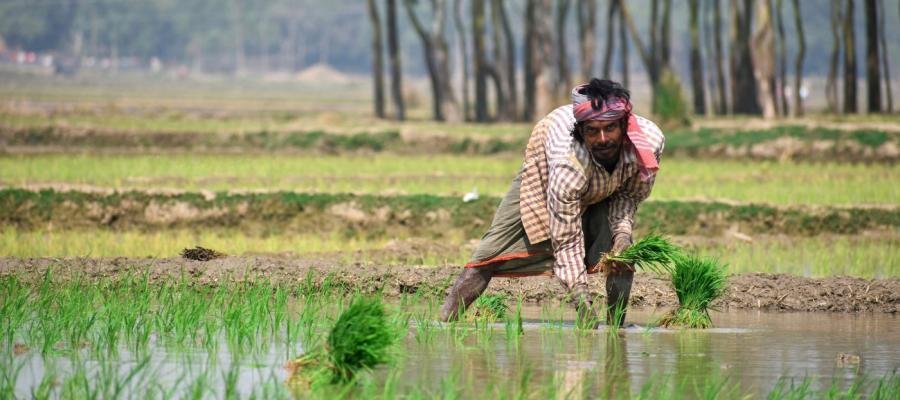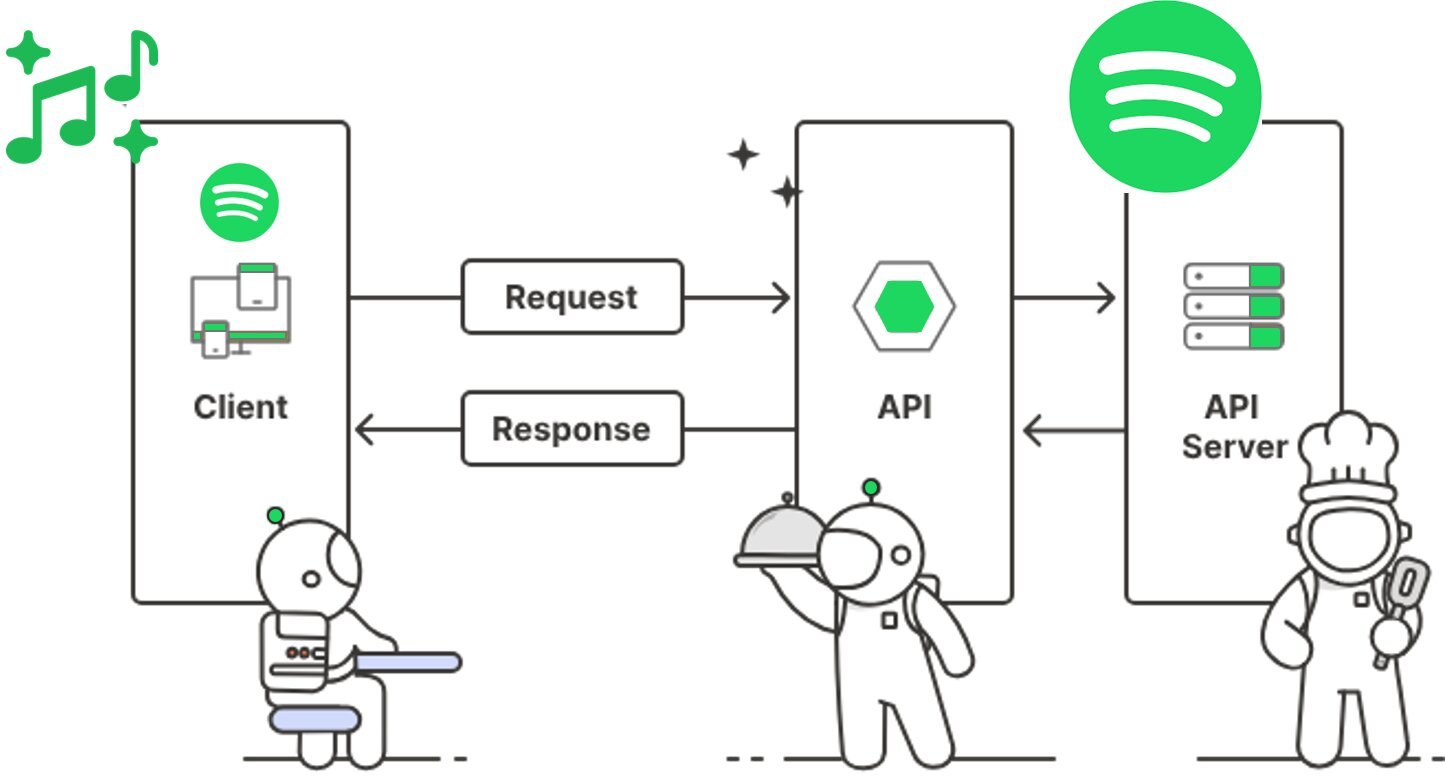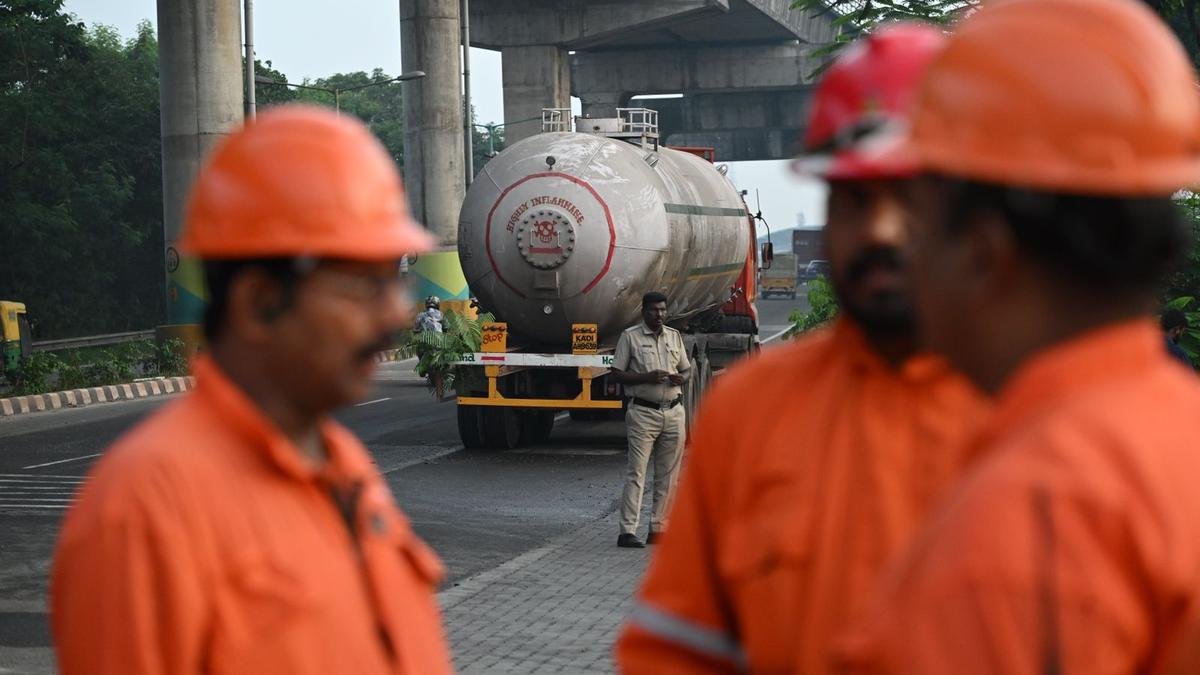More rural households now ‘agricultural’: what data says, what this means

Despite India experiencing high GDP growth rates in recent years, the agricultural sector’s contribution to employment is on the rise. This shift marks a reversal of the long-standing trend where rural India was gradually moving away from agriculture. Let’s explore the possible factors behind this change and its potential implications.
Has the trend of rural areas in India gradually distancing themselves from agriculture for sustenance and financial support reversed, with a growing reliance on farming for livelihoods and income?
In the recently published 2021-22 All India Rural Financial Inclusion Survey, it was revealed that 57% of rural households in the nation, including those in semi-urban areas with a population under 50,000, were classified as “agricultural”. This percentage marked a notable increase from the 48% documented in the 2016-17 survey.
In its study supported by the National Bank for Agriculture & Rural Development (NABARD), a “agricultural household” was characterized as one that (i) recorded a total value of agricultural output surpassing Rs 6,500 (inclusive of field and horticulture crops, animal husbandry, poultry farming, as well as aquaculture, sericulture, and apiculture); and (ii) had at least one member engaged in self-employment within these sectors throughout the specified period (from July 2021 to June 2022). The previous survey in 2016-17 had set the production threshold at Rs 5,000.
Between 2016-17 and 2021-22, there has been an increase in the proportion of rural households categorized as agricultural in almost every state, as indicated in the table above.
In 2021-22, agricultural households recorded an average monthly income of Rs 13,661, surpassing the Rs 11,438 earned by non-agricultural rural households. Similarly, back in the 2016-17 survey, agricultural households outperformed their non-agricultural rural counterparts with an average monthly income of Rs 8,931 compared to Rs 7,269.
In 2021-22, cultivation and animal husbandry accounted for more than 45% of the total income within agricultural households, marking an increase from 43.1% in 2016-17. This rise in the income share from farming activities was evident across agricultural households of various land sizes: from 23.5% to 26.8% for those owning less than 0.01 hectare, from 38.2% to 42.2% for those with 0.41-1 hectare, from 52.5% to 63.9% for those possessing 1.01-2 hectares, and from 58.2% to 71.4% for those with over 2 hectares.
Between 2016-17 and 2021-22, there has been a notable surge in the percentage of rural Indian households depending on agriculture for their livelihood. The income generated from farming has also witnessed a rise in its contribution to the total income of agricultural households. Consequently, there is a decrease in the proportion of income sourced from non-farming activities across all land size classifications, including government or private employment, self-employment, wage labor, rent, deposits, and investments.
Throughout the recent era, there has been an increased presence of agriculture, referred to as “krishi,” in rural India or Bharat. The proportion of agricultural households has risen, indicating a trend towards less income diversification and higher earnings solely from farming activities.
The survey conducted for the period 2021-22 captured the aftermath of the Covid-induced lockdowns. It is likely that the survey results bore the effects of the economic slowdown caused by the restrictions implemented during the initial and subsequent waves of the pandemic. Although the restrictions were completely lifted in July 2021, the recovery from the economic downturn was a gradual process.
Agricultural operations were notably excluded from the lockdown restrictions. Due to the farm industry not experiencing the same level of interruptions as other sectors of the economy, coupled with India benefiting from four consecutive prosperous monsoon seasons starting in 2019, it is possible that the 2021-22 survey results could overstate agriculture’s contribution to rural livelihoods and incomes. Therefore, any references to the 2016-17 survey should take this into consideration.
Indians are showing a growing trend of returning to farms instead of moving away, supported by an additional data source.
In 1993-94, agriculture absorbed 64.6% of the workforce in India as per the National Sample Survey Office’s Periodic Labour Force Surveys (PLFS). This percentage gradually decreased to 58.5% in 2004-05, 48.9% in 2011-12, and reached a low of 42.5% in 2018-19. However, a reversal in this trend was observed later on, with the agricultural sector’s workforce share increasing to 45.6% and 46.5% in the years 2019-20 and 2020-21, which were impacted by the pandemic. It is worth noting that the PLFS considers the period from July to June, with the onset of Covid-19 occurring in March 2020.
[New Version]: An Enigma
Even as the economy recovered from the pandemic and achieved an average annual GDP growth of 8.3% by 2023-24, it’s noteworthy that the agricultural sector’s contribution has sustained at a high level. The current ratio of 46.1% in 2023-24 significantly exceeds the pre-pandemic level of 42.5% recorded in 2018-19.
The shift in trends is also noticeable in remote regions, with the agricultural sector absorbing 57.8% of the rural workforce in India during 2018-19. This figure increased to 61.5% in 2019-20 and then slightly decreased to 60.8% in 2020-21. However, there was a further decline to 59% in 2021-22 and 58.4% in 2022-23 before rebounding to 59.8% in 2023-24.
The paradox of heightened reliance on agriculture for jobs and sustenance, as evidenced by data from NABARD and PLFS, in an economy that has grown by more than 1.4 times in constant rupees from 2016-17 to 2023-24, is a phenomenon that warrants elucidation. This shift could be attributed in part to the scarcity of employment opportunities in the manufacturing sector, which accounted for just 11.4% of India’s workforce in 2023-24, a decline from 12.6% in 2011-12 and 12.1% in 2018-19.
In the 2023-24 period, the proportion of workforce employed in the manufacturing sector was lower compared to that in trade, hotels & restaurants (12.2%) and construction (12%). Surplus labor movement from agriculture is not predominantly towards factories but rather towards sectors with akin employment features like agriculture – offering minimal productivity per worker, paying slightly above basic living wages, and primarily operating in an informal setting.
Based on the PLFS data of 2023-24, Chhattisgarh led with 63.8% of its labor force engaged in agriculture, followed by Madhya Pradesh at 61.6%, Uttar Pradesh at 55.9%, Bihar at 54.2%, Himachal Pradesh at 54%, Rajasthan at 51.1%, and Jharkhand at 50%. Conversely, states like Goa (8.1%), Kerala (27%), Punjab (27.2%), Haryana (27.5%), Tamil Nadu (28%), and West Bengal (38.2%) had lower proportions of their workforce employed in agriculture.














